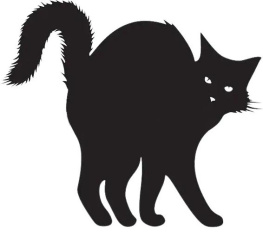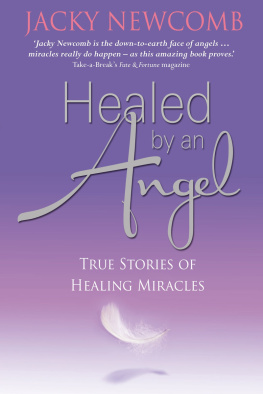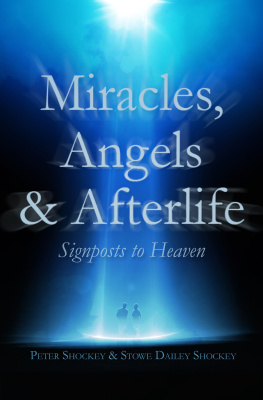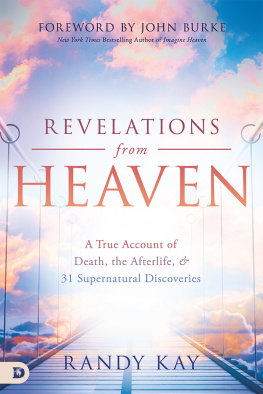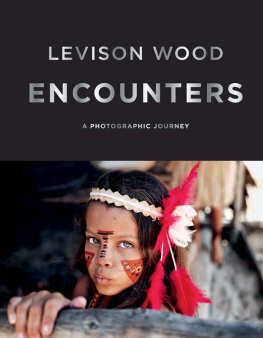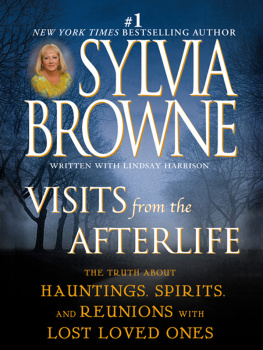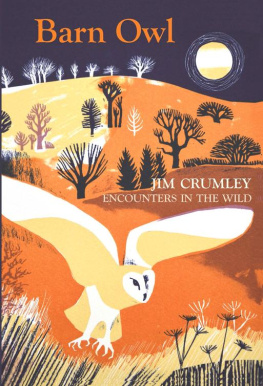Acknowledgments
This book exists because of the people who joined me in taking a stand. Wanting a more loving and accepting world, we hope to bring knowledge to the general public and comfort to those who grieve. Experience is stronger than faith, and faith is the gift the following experiencers offer to you: Adam S. Wilk, Angela Dioca, Barbara Green-Studer, Betty Davidson, Beverly Bennick, Carol Poole, Carol Dioca-Bevis, Charles Vance, Deanna Dube, Debbie Fancher, Debra Johnson, Diane Botti, Donna Allred Perez, F. Joe Davidson, Fred and Marilyn Zimmerman, Garry Roonan, George Stone, George Taylor, Harry Steiner, Jacki Mac, Jane May, Jean Vance, Jenny Vanckhoven, Jerri Wiitala, Jim May, Jo Ann Thomas, John Stephen Simon, J. R. May, Joseph Dioca, Judy Schlosberg, Linda Helton-Martin, Lori LeBlanc, Lori Taylor, Marcia Lynch, Maria Elena Tarantini, Marti Lewis, Mary E. Wood, Mary Siefer, Michael Way, Neta Sharp, Noelle King, Patti Delsoldato, Patty DePaulo, Phyllis Rose, Rosa Mendez, Sherlyne Eisden, Stan Sharp, Tammi Doherty, Thomas Kjall, Valerie Dudley, and Valerie Noss. To the people listed and to those who prefer anonymity, you all hold my profound respect and appreciation.
Beyond contributing stories, a support team diligently worked to bring this material to you. Karl Fancher was responsible for designing, hosting, and maintaining the web site Afterlife-Encounters.com. Beyond being my daily cheerleader, Debbie Fancher helped design and distribute Afterlife Encounter Surveys. Andrew Greeley, Sally Rhine Feather, Erlendur Haraldsson, Rupert Sheldrake, John Palmer, Bob Bigelow, and Diane Bigelow were instrumental in designing the surveys.
Throughout my professional and personal life, Rhea White, editor of the Journal of the American Society for Psychical Research (JASPR), has contributed her support, enthusiasm, and resources; similarly, Sonja Earthman Novo, my former supervisor at The Hospice At The Texas Medical Center, and Dr. Charles Novo have continuously provided depth. For them, I am eternally grateful.
I was deeply touched by all the professionals who contributed their time and expertise. Thank you to Andrew E. Greeley, Andrew Barone, Bruce Greyson, Carlos Alvarado, Emily Kelly, Erlendur Haraldsson, Gary Schwartz, Jannine Rebman, Jeanne Haden, John Palmer, Marsha Landers, Nancy Zingrone, Robert Morris, Robert Neimeyer, Rupert Sheldrake, Sally Rhine Feather, Suzanne Brown, Tony Muckleroy, as well as the staff at the Rhine Research Center, the Parapsychology Foundation, the Association for Death Education and Counseling, and the Pasadena Public Library.
Rekindling my childhood quest for what I had grown to think impossible, George Anderson, unknowingly, ushered me through the survival door. Thank you, George.
To agent, Bill Gladstone, and Kimberly Brabec, his assistant at Waterside Productions; and Bob Friedman, Sarah Hilfer, and all the fine staff at Hampton Roads Publishing Company, thank you for believing in this project and having the dedication to see it through.
My longtime friend Leona Lea continuously and graciously gave her support, as did my assistant and statistician, Silas Joe Thompson.
To my husband of 40 years, I give homage. Although Joe (1943-2003) was a consummate nonbeliever in the afterlife, he supported my work more than anyone, because he saw the difference between believing and not.
APPENDIX
Afterlife Encounter SurveyPhase 1
ABSTRACT: The Afterlife Encounter Survey (AES) was a five-year international study designed to collect data pertaining to the effects, if any, afterlife encounters (AEs) have on recipients. Phase 1 measured respondents' levels of comfort during and after their encounters, then their levels of grief before, during, and after. Of the 827 individuals who submitted completed surveys, 596 had experienced AEs. From the affirmative responses, 582 respondents reported their encounters brought them comfort to some degree. Five hundred twenty-eight (528) respondents experienced AEs after the death of loved ones, of which 234 scored their grief at the highest level (10) prior to their encounters. At the one-year point, however, only 58 scored their grief at the highest level. My intention for the survey and this paper is to focus on the influence encounters pose on recipientsnot to address the issue of survival. I will mention, however, that AES data suggested that the apparitional experiences were not created by longing or expectations. Of the 596 respondents who experienced afterlife encounters, 486 were not longing for anything of that nature, and of the 231 respondents who had never experienced afterlife encounters, 206 reported intense and extended longing.
Belief in the Hereafter reduces death anxiety among the general population (Arcangel, 1997; Moody and Arcangel, 2001; Doka, 1993; Neimeyer, 1994; Osis, 1995). Whether real or imagined, paranormal beliefs can foster mental health (Taylor and Brown, 1988; Laski, 1961, 1968). Afterlife encounters (AEs), according to bereavement specialists, are considered normal (Arcangel, 1997; Datson and Marwit, 1997; Rosenblatt, 1983; Sanders, 1989; Stroebe, Stroebe, and Hansson, 1999; Rees, 1971; Shuchter and Zisook, 1999; Wolfelt, 1988). They are, in fact, an essential element for transcending loss (Arcangel, 1997; Bowlby 1980; DeSpelder and Strickland, 1983; Gamino, Sewell, and Esterling, 2000; Glick, Weiss, and Parkes, 1974; Klass, 1993; Kiibler-Ross, 1969, 1975; LaGrand, 1998, 1999; Neimeyer, 1994; Rando, Therese A., 1984, 1993; Taylor and Brown, 1988; Worden, 1991).
While working as a hospice chaplain, director of the Elisabeth Kiibler-Ross Center of Houston, and the Gateway Center in New York, I noticed that afterlife encounters brought recipients comfort and hope. A number reported transcendence (rather than adjusting to, coping with, or finding resolution in the death, these survivors evolved mentally, emotionally, and spiritually). During my early research, however, I witnessed opposite ends of the spectrum. The phenomenon either lessened recipients' sorrow or caused an intense longing to have loved ones back, if only for a moment in time. The 1990s spiritual movement, with its focus on contacting the dead, brought a groundswell of attention surrounding the tremendous value of afterlife encounters, and I was concerned that many claims were exaggerated, therefore misleading. Although my main unrest centered on individuals in mourning, I wanted to know the effects encounters held on non-mourners as well.
Hoping to find data reflecting the influence encounters posed on recipients, I turned to psychical, bereavement, psychology, sociology, religious, and philosophy literature. Most books on the subject were published under the heading of parapsychology/new age/spirituality, and contained anecdotal information (Devers, 1997; Cohen, 1997; Guggenheim and Guggenheim, 1996; Kircher, 1995; Wiitala, 1996). Wright (2002) and LaGrand (1998, 1999) wrote outstanding books that included their interviews with AE recipients and presented brief synopses of classic research. Classic investigations resulted in significant data regarding afterlife phenomena (Barrett, 1926; Gurney and Myers, 1888-89; Myers, 1903; Podmore, 1897; Sidgwick, 1894, 1923). Jung (1965), Lodge (1916), and James (1958), furthermore, documented their personal accounts. Not any of these bodies of work, however, covered the levels of comfort or grief surrounding perceived discarnate visitations. At the onset of this study, Rhea White (long-time editor of this journal and authority in the field) searched through her files, then at the completion conducted a more extensive search for published and unpublished literature. Robert Neimeyer, researcher, professor, author, and longtime editor for Death Studies (the principal journal in the field of bereavement), loaned his expertise as well. With additional help from Andrew Greeley, my colleagues at the Association of Death Education and Counseling, and the staff at the Pasadena (Texas) Public Library, a limited amount of material was found.
Next page

